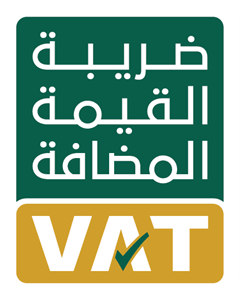Recurrent Neural Networks (RNNs) & LSTMs: Mastering Sequential Deep Learning
data-science.

? Structured Lesson Content:
? Introduction to RNNs
Recurrent Neural Networks (RNNs) are a type of neural network designed to recognize patterns in sequences of data—like time series, speech, or text. Unlike traditional feedforward neural networks, RNNs have loops that allow information to persist, giving them “memory.”
Key Concepts:
Sequence modeling: Input order matters.
Hidden states: Capturing context over time.
Backpropagation Through Time (BPTT): Training method used in RNNs.
? Limitations of Standard RNNs
While RNNs can remember information for short sequences, they struggle with long-term dependencies due to problems like vanishing gradients.
Common Challenges:
Forgetting earlier context.
Difficulty in learning long patterns.
Computational inefficiency with long sequences.
? What are LSTMs?
Long Short-Term Memory (LSTM) networks are a special type of RNN that can learn long-term dependencies more effectively. They were introduced to address the memory limitations of traditional RNNs.
LSTM Components:
Cell state: Carries long-term memory.
Forget gate: Decides what to discard.
Input gate: Decides what new information to store.
Output gate: Controls what information is passed on.
? How LSTMs Work
At each time step, LSTMs manage data flow using gates, making them powerful for applications like:
Language modeling
Machine translation
Speech recognition
Time series forecasting
Advantages:
Better memory retention
More stable training
Ability to model complex patterns in sequences
? Applications of RNNs & LSTMs
| Domain | Use Case |
|---|---|
| Natural Language | Text generation, Sentiment analysis |
| Finance | Stock price prediction |
| Healthcare | Patient monitoring over time |
| Audio Processing | Speech-to-text, music generation |
? LSTM vs GRU (Gated Recurrent Units)
Both LSTM and GRU are advanced RNN units. GRUs are a simplified version of LSTMs with fewer gates. While LSTMs are more powerful, GRUs often perform similarly and are faster to train.
? Tools & Technologies Used:
Python
TensorFlow / Keras
PyTorch
Jupyter Notebook
? Target Audience:
Beginner to intermediate AI learners
Developers working on time-series or NLP projects
Data scientists interested in sequence modeling
? Global Learning Benefits:
Learn to model real-world sequences (text, time, audio)
Master essential tools used in NLP and AI projects globally
Gain practical experience using RNNs and LSTMs in industry-standard tools
? Learning Outcomes:
By the end of this lesson, learners will:
Understand the architecture and flow of RNNs and LSTMs
Implement LSTM models using frameworks like TensorFlow or PyTorch
Apply LSTMs to real-world problems such as text generation or time-series prediction
Recognize limitations and best practices in sequential modeling
?Master Study NLP Fundamentals: The Foundation of Language Understanding in AI
?Shop our library of over one million titles and learn anytime
?? Learn with our expert tutors

